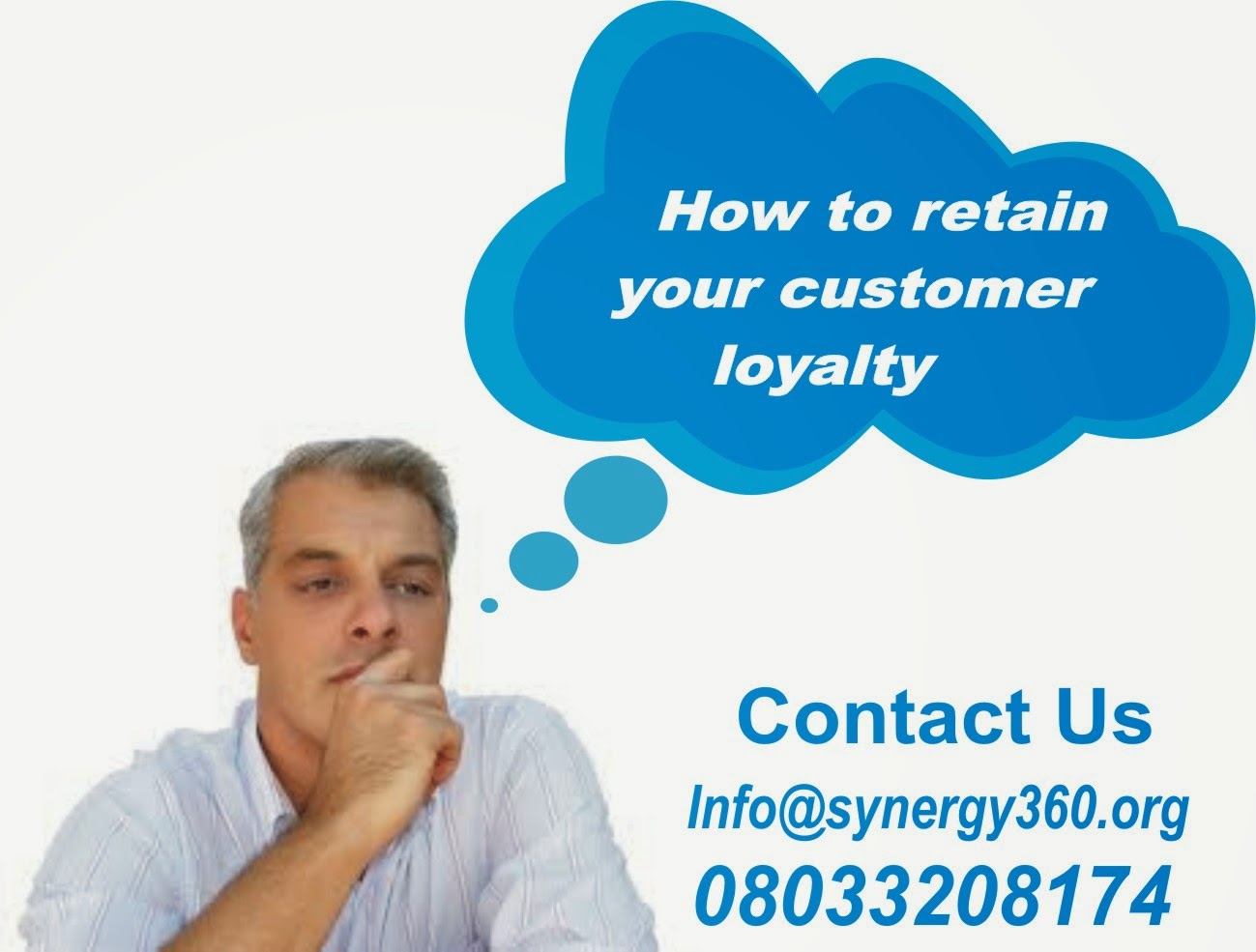Have you ever wondered, where did all the customers go?
Gosh, let's hope not! But stick with me here. Do you constantly scratch your head about lost customers, wondering where they went and why? Is acquiring new customers becoming a challenge?
I thought I'd have a little fun - along with a lot of seriousness - and list some signs that you might watch for ahead of time to figure out when customers (existing or prospective) just aren't that into you (any more). And when, perhaps, it's just not a good fit.
So, here they are: 19 signs customers aren't that into you - ever or any more.
No public displays of affection (PDA). They've stopped writing reviews about how much they love doing business with you, and they don't recommend you to their friends any more.
You're not friends on social media. They no longer follow you (or never have) on Twitter, Facebook, or any other social media platform.
They talk about their exes. They start comparing you to companies they've previously done business with: Company X used to do this or that for me; Company Y doesn't.
They talk to their exes. They start considering companies with which they've previously done business. Was it too painful? Is it worth going back there?
The conversation is one-sided. You send messages, have sales, offer discounts, advertise, and share on social media. There is no reciprocation; they don't respond or interact.
You make all the plans. There's no give and take. It feels like a forced relationship, like you're willing your customers to do business with you.
They have a roving eye. Customers start looking at other options in the marketplace. Is there better service? Are there better products, offers, etc.?
They don't introduce you to friends or family. Clearly you're not worthy of being introduced into the inner circle.
Three's a crowd. They always bring a friend along. When it's time to renew their contracts, they go out to RFP instead of just giving you the business.
Fear of commitment. Either that's an inherent fear in the customer, that they just don't commit to a brand, or you've wronged them in some way to scare them away from committing.
They're always critical of you. Those reviews that were once polite and raving have turned to hating everything you make and do. Now they're just ranting to friends and on social media about how bad and how wrong things are.
They avoid you, partially or completely. They don't buy your products or services any more, or you are now part of a consideration set - maybe they will, maybe they won't.
They don't care for your feelings. They publish negative reviews, rather than giving you the benefit of the doubt or telling you directly so that you can fix the problem.
They tell you about their ideal partner, but it doesn't describe you. Oops!
They expect you to change, and vice versa. Well, as we know, this is never a good place to be in a relationship. And to expect that your customers will change their attitudes, behaviors, and feelings - or for them to think you'll change how and why you do business - is likely out of the realm of possibilities. This is not a good fit.
Your values and beliefs are different. Customers buy from brands with which they align, whether that alignment is with the brand's purpose, the corporate social responsibility policy, or something else. This customer was/is not a good fit.
There's more pain than joy in the relationship. This sign makes me think about cell phone customers. Or airline customers. It's hard to commit to a brand when the brand constantly disappoints, frustrates, or shows they don't care about customers. Time to change your tune!
You keep arguing over the same issue. And neither one budges, so the relationship can't move forward. The issue doesn't get fixed. It's just a blame game. End of relationship.
You're not a priority. When the need arises, they think about going elsewhere first.
So, when you think about your lost customers - or, perhaps, disinterested customers, those on the way out the door - what do you see? They've stopped giving you feedback? They don't spend as much any more? They no longer recommend you? They just don't do business with you?
Written by Anette Franz






























